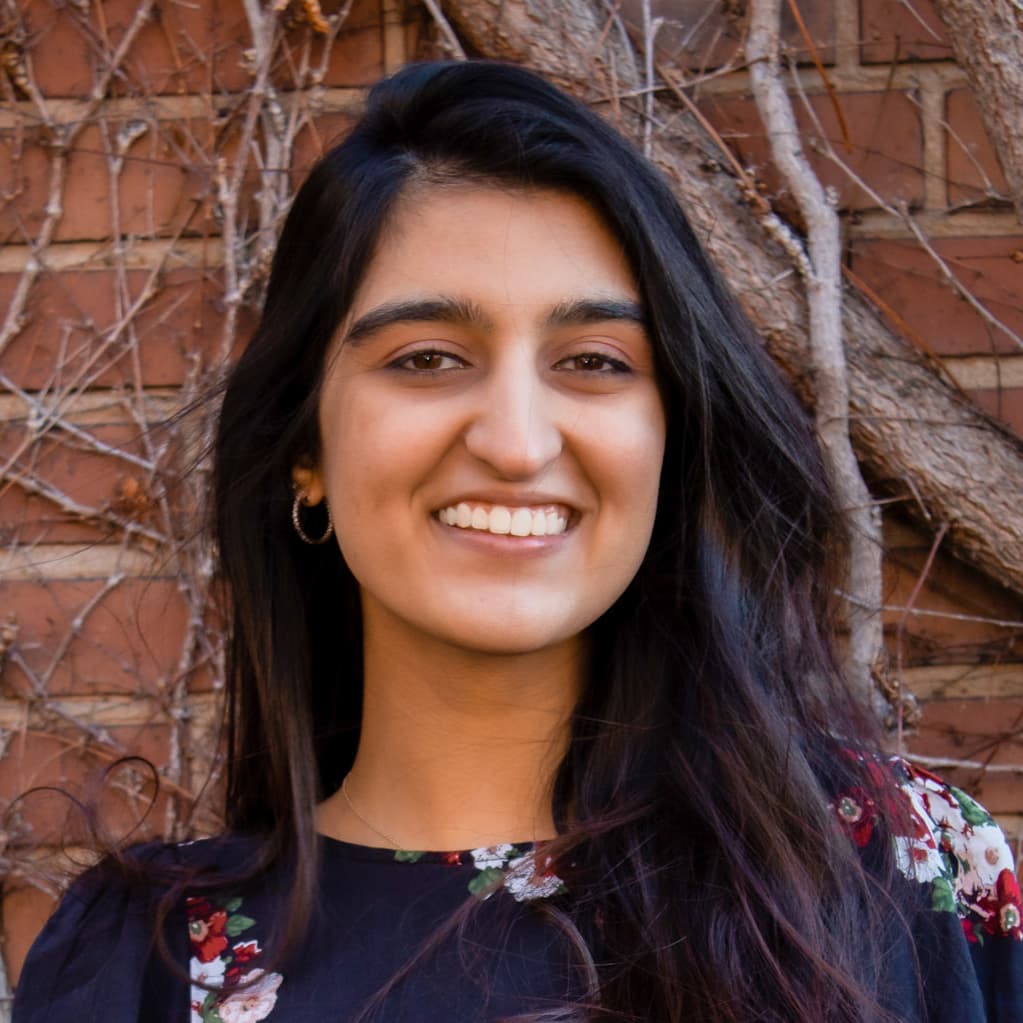How one Chicago neurosurgeon teaches — and learns — unique pediatric neurosurgery techniques around the world
Fact checked by Derick Wilder
Sandi K. Lam, MD, head of pediatric neurosurgery at Lurie Children’s Hospital, is among the few pediatric neurosurgeons in the world who perform a unique procedure to lessen children’s seizures. The minimally invasive technique essentially disconnects the part of the brain where seizures originate. Lam also leads research in this area and travels regularly — most recently to Uganda — to train neurosurgeons in under-resourced parts of the world.
In her international work, Lam focuses on empowering the resident medical teams, rather than only offering medical services on isolated trips. In Uganda, where she has developed a partnership with the CURE Children’s Hospital, pediatric patients under age 14 make up nearly 45% of the population. In comparison, the United States has a pediatric population of less than half that, around 18%.
These demographics are similar in most well-resourced and under-resourced countries throughout the world. Lam says she feels a social and moral responsibility to help fill that gap, to “work with people who are already in these regions to give them the skills and knowledge” within the context of their healthcare system, public health policies, and culture.
Collaborating with local teams also allows Lam to be confident that the children she treats overseas will receive crucial pre-surgical and follow-up care.
“You can change the natural history of a disease with the surgery, but you can change it for better or for worse,” she says. Lam prioritizes working with her colleagues in Uganda in a way that expands their capacity — a sustainable model that enables on-site teams to flourish. The initiative there has grown beyond one hospital. Working together, the neurosurgeons have developed a nationwide partnership with neurologists to identify people who can benefit from epilepsy surgery. The program has even received the endorsement of the Ministry of Health.
One of the most common challenges the medical team in Uganda faces is hydrocephalus — a potentially dangerous condition in which fluid accumulates around the brain, creating extra pressure on the skull. This extra fluid can damage tissue, causing neurological and developmental disorders, sometimes even death. Nearly 80% of cases of hydrocephalus occur in under-resourced countries in Africa, South America, and Southeast Asia.
Lam describes the gold standard of treating this disease: placing a shunt within the brain to create a tunnel into the abdomen that moves the excess fluid away from the skull. However, in under-resourced countries, this treatment often poses a problem. A foreign object in a body always increases the risk of infection. In places where people don’t have easy access to medical services, infections can more easily turn deadly.
Given these circumstances, Lam’s colleagues at CURE Children’s Hospital have become a training ground for an alternative method, disseminated by another American surgeon, Benjamin Warf, MD, during his years of work in Uganda. With this technique, doctors discovered that a reusable endoscope (a small flexible camera) can create an internal detour for the same fluid.
As with the shunt, this procedure relieves the dangerous pressure posed by extra fluid buildup in the brain, but without any foreign objects remaining in the body. It has since become a powerful tool in the U.S., too.
“A pretty common problem in all of neurosurgery was treated in a way that really taught the rest of the world that we could be thinking about different ways to do things that could be better for [all] families, not just in Africa,” Lam says. Lam brought the technique back with her to Lurie Children’s and Northwestern Medicine, where her colleagues in pediatric and adult neurosurgery, as well as trainees, all learn from the Ugandan center.
“You can make an impact locally, regionally, or in an area that is halfway across the world,” Lam says. “We do that as a team. I’m really proud of what we’ve done together.”
Photo at top: Sandi Lam, MD (center) along with physicians on the CURE Uganda team in the operating room. pediatric neurologist Dr. Robert Idro (Right), from the capital city of Kampala, has been referring patients for the new treatment option never available in the country previously
Originally published in the Spring/Summer 2024 print issue.

Hana Ahmed is a medical student based in Chicago. Her journalistic practice helps inform her role as an advocate in the healthcare field.











